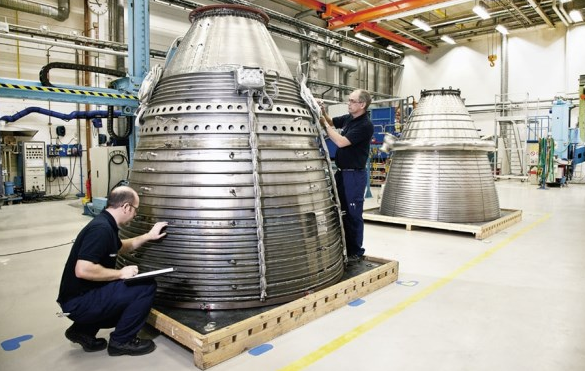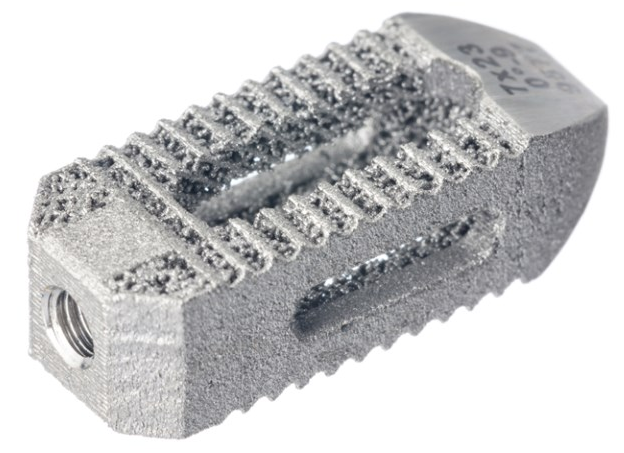Scientists talk about the future trend of 3D printing: mass production of metalIssuing time:2017-12-14 09:41 People can see the future of 3D printing from two perspectives, one is the evolution of specific technology driven by specific needs in the past 30 years, and the other is the exciting new direction driven by global trend, technology convergence and personal creativity. In the next 5 years, the material increase will make the metal popular.
20 years ago, metal 3D printing and material adding manufacturing (AM) based on the 3D computer model originated from rapid prototyping. John was working on a team working on molten metal melting of 3D metal, and many of them dreamed of aviation parts, medical implants and extensive industrial applications. Engineering challenges such as laser, metal powder technology, process speed, precision, deformation, residual stress and surface finish are considered to be widely used. In addition, the technical constraints and cost of computer models, software, hardware, laser and process control are huge. Therefore, John and the team speculated that it would take at least 10 years for metals to enter the mainstream manufacturing industry. 10 years ago, metal material manufacturing was not the mainstream. The unremitting efforts of science and engineering have promoted the continuous development of the basic technology for the application of core industries. However, the 3D printing prototype using the polymer has reached the mainstream, and the complex shape demonstration hardware made from special metals is produced. Today, 20 years ago, the dream has become a reality, and the material added to the material is finally used in key aerospace, medical and industrial applications. In a growing number of key applications, applications have crossed the finish line to obtain authentication, which provides a direction for the development of a variety of similar products. The standards for the manufacturing of the material added, such as the standard for the development of ASTM, will be widely used by the industry. The rocket manufactured by the US National Aeronautics and Space Administration (NASA) built and tested the rocket manufacturing nozzle. It set the track with formal standards, and brought the hopes and dreams of mankind to the earth. Adding materials such as titanium alloy Stryker spinal implants such as manufacturing medical equipment is applying for FDA certification, the integration of additional material manufacturing technology so that human can benefit from.
Stryker three titanium alloy implants The future of metal additive manufacturing will not only continue these core directions, but also accelerate and flourish with the progress of software, hardware, artificial intelligence, information technology, robotics, machine learning, sensors and industrial Internet of things. With the continuous integration and diversification of basic technology, it is reasonable to predict the exponential growth of the scope and speed of the development of metal increasing manufacturing. Desktop 3D printers are becoming more and more widely used, such as educational projects, small businesses, individuals, inventors, and amateurs, all of which can be printed with 3D. In the next 5 years, the trend of this low cost material and system will soon come into the metal field to realize the real popularity of metal printing. |






